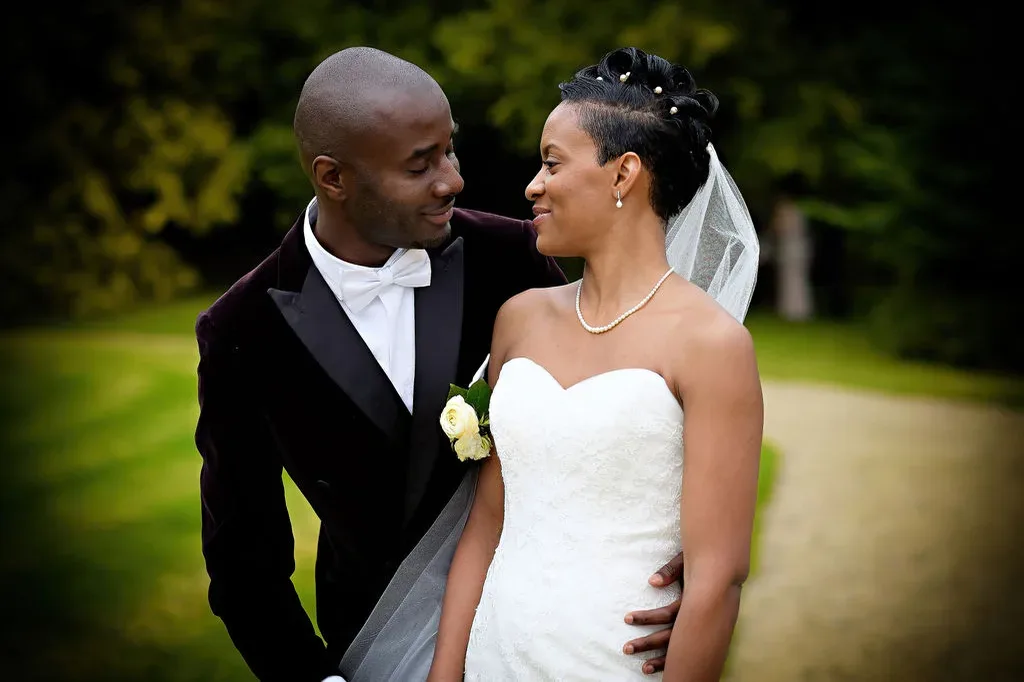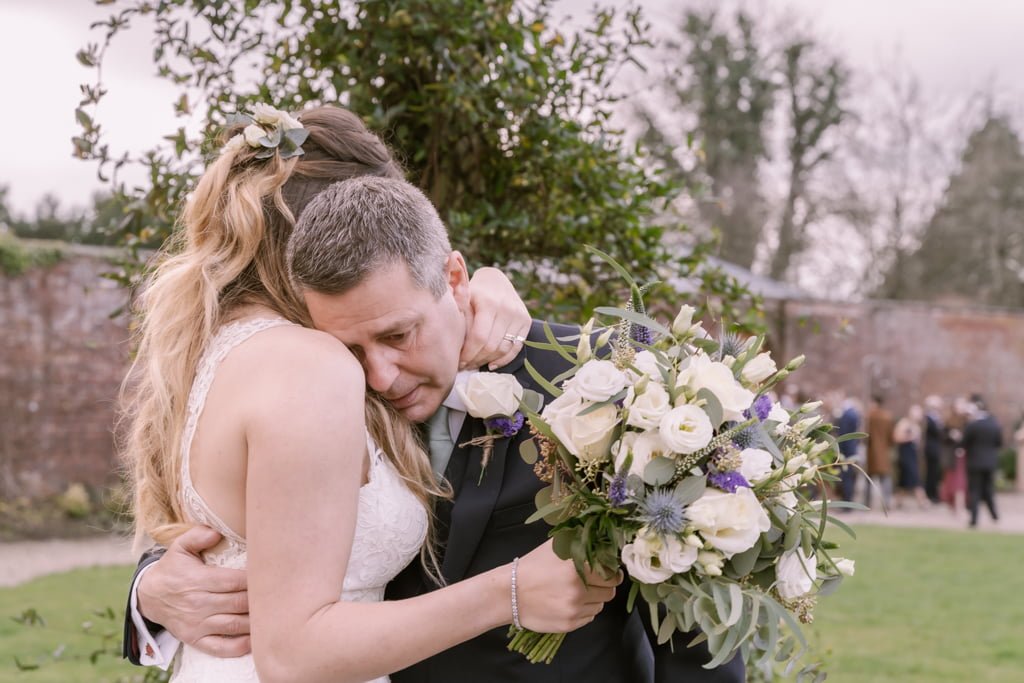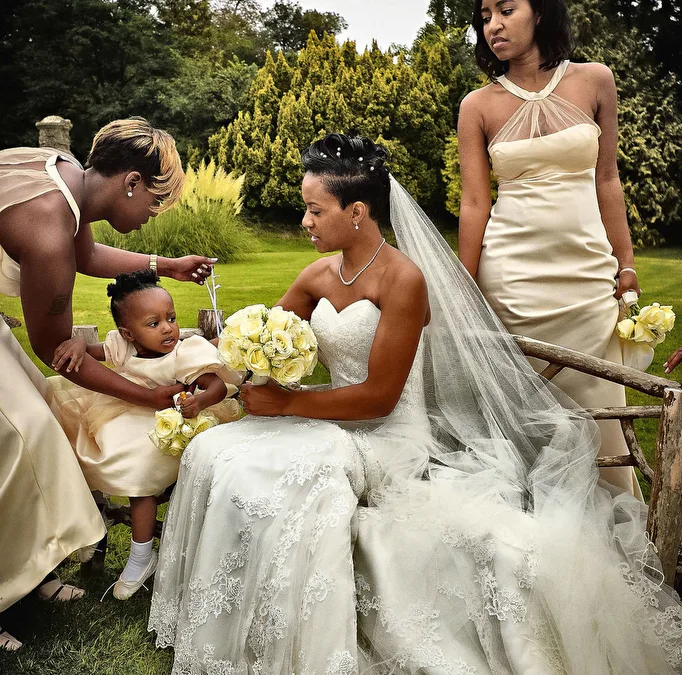The Complex World of 21st Century Wedding Photography: A Comprehensive Guide
1. Embracing the Digital Revolution: Adapting to a New Paradigm
In the 21st century, the shift from traditional film to digital photography has redefined the wedding photography industry. With digital cameras, photographers can take a virtually unlimited number of images and instantly review them. This advantage allows them to make adjustments on the fly, ensuring optimal results. However, this digital revolution also brings new challenges: managing the overwhelming number of images, selecting the best shots, and dealing with an increased post-processing workload. To succeed, wedding photographers must strike a balance between capturing the perfect moments and managing the post-production process efficiently.
2. Catering to Diverse Aesthetic Preferences: Finding the Right Approach
Today’s couples have a wide array of preferences when it comes to their wedding images, with styles ranging from classic and romantic to edgy and modern. To cater to these diverse tastes, wedding photographers must possess a versatile skill set and a keen understanding of each couple’s vision. This requires a constant effort to refine their craft and stay updated on the latest trends, techniques, and editing styles.
3. Mastering the Art of Reportage Wedding Photography: Capturing Authentic Moments
Reportage wedding photography has gained popularity for its ability to capture candid moments as they naturally unfold. This documentary-style approach requires photographers to possess a keen eye, quick reflexes, and a talent for blending into the background. To excel in this niche, photographers must learn to anticipate and capture moments as they happen, ensuring a more authentic and candid representation of the couple’s big day.
4. Keeping Up with Ever-Changing Technology: Staying Ahead of the Curve
Rapid advancements in technology have revolutionized the wedding photography industry, and staying current is more crucial than ever. New cameras, lenses, and editing software are continually being released, requiring photographers to invest in the latest gear and education to stay competitive. However, balancing the financial and time investments in technology can be a challenge, as photographers must also focus on honing their skills and developing their unique style.
5. Standing Out in a Crowded Market: Crafting a Unique Brand
The surge in the number of wedding photographers has made it increasingly challenging to stand out in the competitive market. To be recognized as a top wedding photographer, professionals must develop a unique style that resonates with potential clients. This involves creating a strong online presence, offering affordable wedding photography packages, and showcasing a compelling portfolio. Additionally, photographers should focus on building a reputation for exceptional customer service and delivering high-quality results, as word-of-mouth referrals can significantly impact their success.
6. Navigating the Complexities of Social Media: Building an Engaging Online Presence
Social media platforms have transformed the way photographers market themselves and connect with potential clients. They offer immense opportunities for exposure and allow photographers to showcase their work and personality. However, managing multiple accounts and creating engaging content can be time-consuming and overwhelming. To succeed on social media, photographers must develop a strategy for producing consistent, high-quality content and stay informed about the ever-changing algorithms to ensure their content reaches their target audience.
7. Overcoming Lighting Challenges at Wedding Venues: Mastering the Craft
Wedding venues often feature unique lighting setups, and photographers must be adept at handling various lighting conditions to create visually appealing images. This requires a thorough understanding of camera settings, off-camera flash techniques, and creative ways to utilize natural light. Additionally, photographers must be prepared to think on their feet and quickly adapt to unexpected changes in lighting conditions during the event.

8. Dealing with High-Stress Situations: Staying Calm and Collected
Weddings are emotionally charged and high-stress events, and wedding photographers must remain calm, collected, and professional under pressure. This includes managing tight schedules, coordinating with other vendors, and handling any unexpected challenges that may arise. Developing strong interpersonal skills and the ability to diffuse tense situations is crucial in maintaining a positive atmosphere and ensuring a successful outcome. Wedding photographers should also be prepared to offer guidance and support to couples, helping them feel at ease during their big day.
9. Staying Organized with a Wedding Photography Checklist for Brides: Streamlining the Process
To provide a seamless experience for brides and grooms, wedding photographers must be highly organized and detail-oriented. A comprehensive wedding photography checklist for brides can help streamline the process, manage expectations, and ensure all essential shots are captured. This checklist should include pre-wedding consultations, a detailed timeline, a list of must-have shots, and any specific requests from the couple. By staying organized and prepared, photographers can minimize stress and deliver a smooth, enjoyable experience for their clients.
10. Meeting Tight Deadlines: Efficiently Managing Time and Resources
Today’s couples expect to receive their wedding images promptly after the event, putting pressure on photographers to meet tight deadlines. This requires efficient management of time and resources throughout the entire process, from shooting to editing. Implementing a structured workflow, utilizing editing software to expedite the process, and delegating tasks when necessary can help photographers deliver high-quality results within the desired timeframe.
11. Balancing Artistic Expression and Client Satisfaction: Striking the Right Chord
One of the most significant challenges wedding photographers face is striking the right balance between artistic expression and client satisfaction. While photographers must remain true to their artistic vision, they must also be mindful of the specific needs and desires of their clients. Open communication, collaboration, and flexibility are essential in achieving this balance and ensuring a positive outcome for both parties.
12. Addressing the Rising Cost of Doing Business: Finding Financial Stability
The costs associated with running a wedding photography business continue to rise, including equipment, software, insurance, and marketing expenses. To maintain financial stability, photographers must carefully manage their finances and develop strategies for reducing costs without compromising the quality of their services. This may involve offering tiered packages, streamlining workflows, and finding creative ways to market their business with minimal expense.
13. Managing Client Expectations: Setting the Stage for Success
Couples often have high expectations for their wedding images, and it’s essential for photographers to manage these expectations from the start. Transparent communication, setting realistic goals, and establishing a clear understanding of the couple’s vision can help prevent disappointment and ensure a positive working relationship. Educating clients about the creative process and involving them in the planning stages can also help set the stage for a successful collaboration.
14. Navigating Copyright and Image Usage Issues: Protecting Your Work
In the digital age, copyright and image usage concerns have become more prevalent. Photographers must be well-versed in the legal aspects of their work, ensuring that contracts and agreements clearly outline the usage rights and limitations for both parties. This includes understanding the nuances of copyright law, drafting legally sound contracts, and educating clients about the importance of respecting intellectual property rights.
15. The Impact of DIY Wedding Trends on the Industry: Demonstrating Value
The rise of DIY wedding trends has led some couples to opt for amateur photographers or even ask friends and family to take their wedding photos. This can pose a challenge for professional photographers, as they must demonstrate the value of investing in a recommended photographer over the less costly alternatives. Highlighting the benefits of hiring a professional, such as technical expertise, creative vision, and the ability to capture moments that may be missed by amateurs, can help persuade couples to prioritize quality photography on their special day.
16. Adapting to Changing Wedding Traditions and Trends: Staying Relevant
Wedding traditions and trends are constantly evolving, and photographers must be ready to adapt. By staying informed of current trends and incorporating them into their work, photographers can ensure their services remain relevant and appealing to modern couples. This may involve exploring diverse cultural traditions, embracing eco-friendly practices, and staying attuned to popular themes and aesthetics in the wedding industry.

17. Prioritizing Self-Care and Preventing Burnout: Maintaining a Sustainable Career
The demanding nature of wedding photography can take a toll on mental and physical well-being. Prioritizing self-care, setting boundaries, and knowing when to take a break are crucial in preventing burnout and maintaining a successful career. Photographers should develop strategies for managing stress, such as regular exercise, meditation, and time management techniques, to ensure they can continue to perform at their best.
18. Building Long-Term Client Relationships: Fostering Ongoing Success
Nurturing long-term relationships with clients can lead to repeat business and valuable referrals. Providing exceptional service, maintaining open communication, and staying connected through social media can help build a strong rapport with clients and foster ongoing success in the industry. Additionally, photographers should consider offering post-wedding services, such as anniversary and family portrait sessions, to encourage client loyalty and maintain a steady stream of business.
In conclusion, wedding photography in the 21st century presents a unique set of challenges. From adapting to changing technology and trends to managing client expectations and maintaining a work-life balance, photographers must be versatile and resilient to thrive in this competitive industry. By addressing these challenges head-on and continuously honing their skills, photographers can create a successful and fulfilling career capturing the most cherished moments of couples’ lives.

